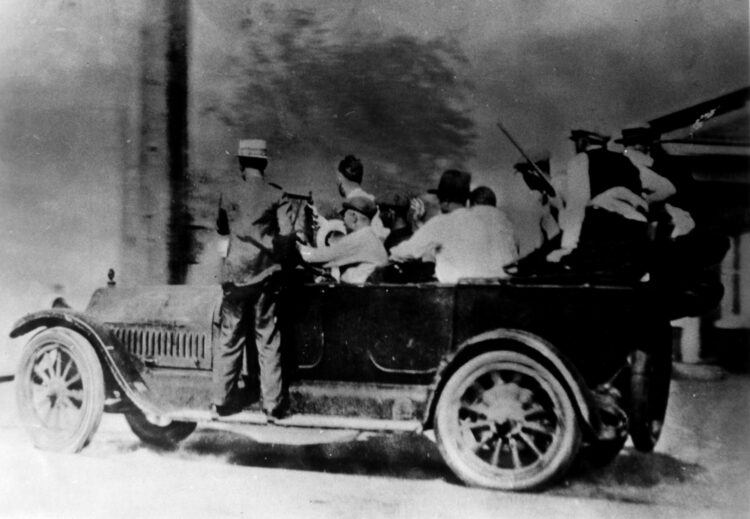The Tulsa Race Massacre left physical, spiritual, and financial destruction in its wake. Now, two weeks before the 100th anniversary of one of many acts of anti-Black terrorism, the call for the city’s commission to approve reparations of the survivors and descendants has been renewed.
On March 26, the 1921 Tulsa Race Massacre Centennial Commission released their official statement on reparations for the survivors and descendants of the incident’s survivors. Their findings led them to decide that while the massacre resulted in the loss of lives and what is equivalent to between $100 to $200 million in the modern economy, educating people about what happened was more important than actual individual monetary compensation.
“Survivors and descendants deserve remedy and reparation for the atrocities of 1921. The Centennial Commission’s work toward reparations falls in restitution through advocacy for investment in education, infrastructure and economic development in North Tulsa,” the statement read.
“While far from comprehensive, Greenwood Rising and subsequent programming and initiatives will serve to hold space for visitors to learn about our past and present to work for a future in which these horrific events never occur again,” it continued.
That statement came after a lawsuit was filed in Sept. 2020 on behalf of a group of Black Oklahomans who are descendants of survivors along with an actual survivor for reparations in the Tulsa County District Court.
One of the plaintiffs, Lessie Benningfield Randle, a 106-year-old survivor of the massacre, claimed in the filing that she suffers ongoing emotional and physical distress because of what happened a century ago. The commission, which includes Mayor G.T. Bynum, has refused to meet with Randle.
The filing also alleged that Tulsa officials were enriching themselves by turning the massacre site into a tourist attraction. Based on the commission’s official position on reparations six months after the lawsuit, that allegation has a basis in fact. Not only has the commission planned a celebration for the upcoming anniversary, but they’ve also broken ground on Greenwood Rising, a “history center” where visitors can learn more about the uprising. The land for the center was donated, and white-owned company Crossland Construction will do the building.
Now, leading up to May 31, the date on which the 24-hour racist carnage began, Black descendants are fighting back with the help of the social justice organization Color of Change.
A petition that is being circulated demands that 80 percent of the $30 million that the commission has received for the celebration go to the city’s deserving residents.
“We cannot allow the mayor and the 1921 Tulsa Race Riot Centennial Commission to exploit the history of Black Wall Street and the massacre of Black men, women, and children,” the petition reads.
The Greenwood neighborhood where the Tulsa Race Massacre took place was once referred to as “Black Wall Street” because it was rife with Black-owned businesses and afforded Black Tulsans a sense of material and social standing.
But now, the only people gaining economic power are the descendants of the evil that destroyed the place that so many people called home.















